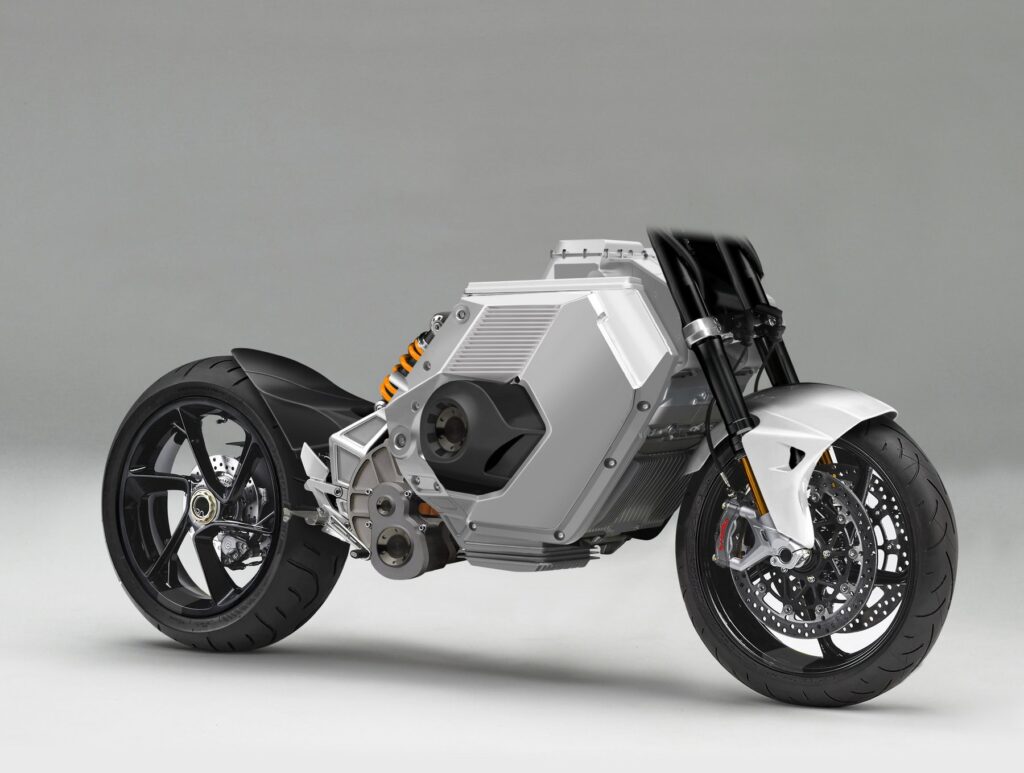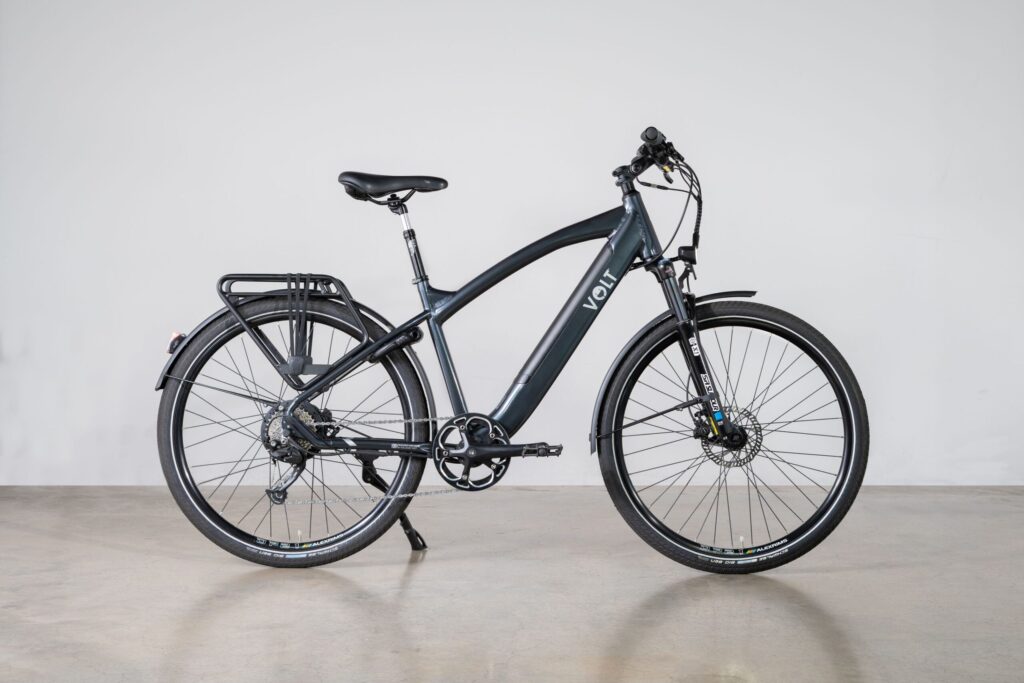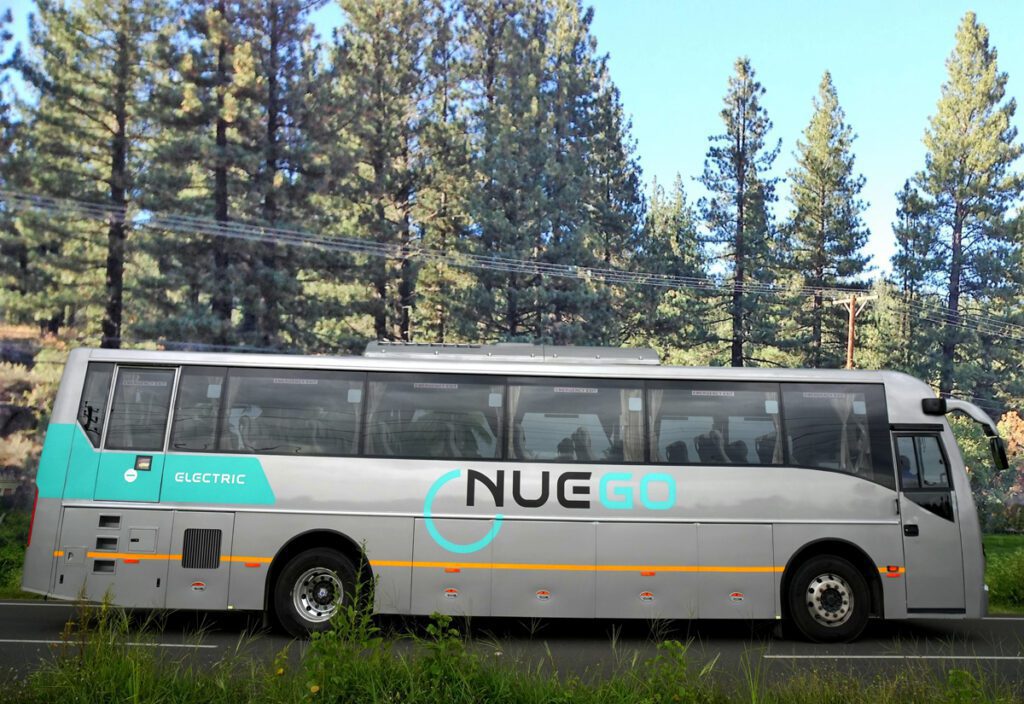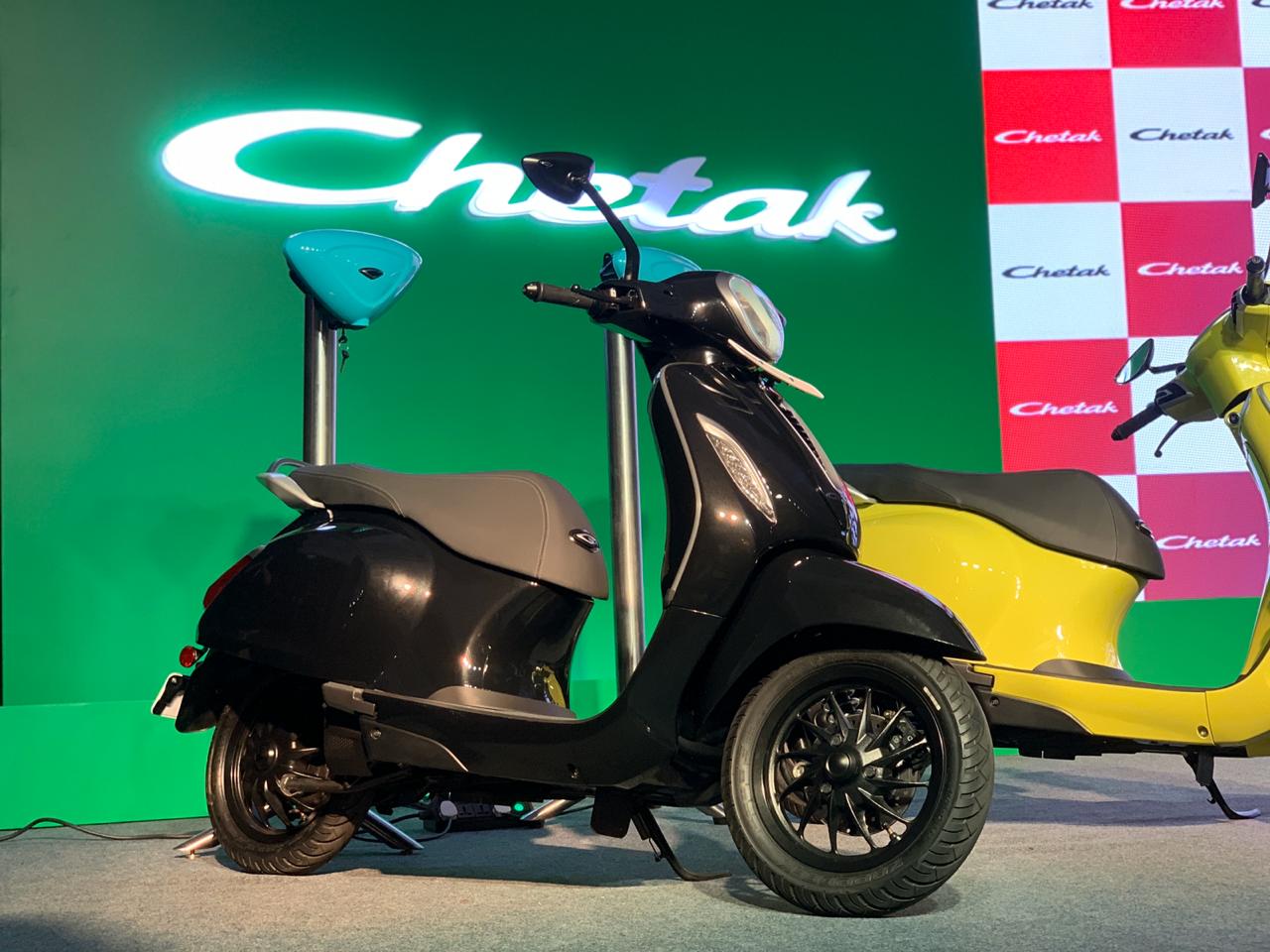Table of Contents
Electric bikes have rapidly gained popularity in recent years as an eco-friendly and efficient mode of transportation. With their electric assist and sleek designs, electric bikes have become a favorite among commuters, fitness enthusiasts, and adventure seekers. As the world shifts towards sustainable and green technologies, the electric bike industry is poised to play a significant role in the future of transportation. In this article, we will explore the emerging technologies and innovations in the electric bike industry and what the future holds for this exciting mode of transportation.
Electric bikes, also known as e-bikes, have been around for several decades. However, it was not until the recent advancements in technology that the electric bike industry experienced significant growth. According to a report by ResearchAndMarkets, the global electric bike market is expected to grow at a compound annual growth rate (CAGR) of 6.39% from 2021 to 2026.
This growth is driven by the increasing adoption of e-bikes as a primary mode of transportation, the rising demand for eco-friendly vehicles, and the growing popularity of cycling as a recreational activity. Let’s take a look at some of the emerging technologies that are shaping the future of electric bikes.
Emerging Technologies in Electric Bikes
The electric bike industry is rapidly evolving, with new technologies that are pushing the limits of what these bikes can do. Here are some emerging technologies that we can expect to see in the future:
Smart Bikes
Smart technology is revolutionizing the electric bike industry by enhancing the rider experience and improving performance. Smart bikes come equipped with sensors and connectivity features that enable real-time monitoring of the bike’s performance, battery life, and other metrics.

This technology allows for remote maintenance, predictive repairs, and even automatic firmware updates. Additionally, smart bikes are designed to connect with other devices such as smartphones, smartwatches, and fitness trackers, allowing riders to track their progress and set fitness goals.
Wireless Charging
Wireless charging is another emerging technology that is poised to change the way we charge our e-bikes. This technology allows for the wireless transfer of power between the charging dock and the bike’s battery. Wireless charging eliminates the need for cables and simplifies the charging process, making it more convenient and user-friendly.

Lightweight Batteries
One of the main concerns with electric bikes is their weight. Traditional batteries can be bulky and heavy, affecting the bike’s performance and ride quality. However, with advancements in battery technology, we can expect to see lighter and more powerful batteries in the future. Lightweight batteries not only improve the performance of e-bikes but also make them easier to handle and transport.
AI and Machine Learning
Artificial intelligence (AI) and machine learning are transforming the way we interact with e-bikes. These technologies enable e-bikes to learn the rider’s habits and preferences and adjust the bike’s settings accordingly. For example, the bike’s motor can automatically adjust the level of assist based on the rider’s pedaling cadence or adjust the suspension based on the terrain. AI and machine learning also enables predictive maintenance, allowing for early detection of issues and reducing the risk of breakdowns.
Integrated Sensors and AI
The integration of sensors and artificial intelligence (AI) is another trend that is set to transform the electric bike industry. Smart sensors can collect data on bike performance, rider behavior, and traffic patterns, allowing for personalized and efficient commuting experiences. AI algorithms can analyze this data to optimize bike performance, predict maintenance needs, and even recommend the best route for a given journey.
Advanced Motor Technology
The electric motor is the heart of an electric bike, and advancements in motor technology are set to enhance the performance and efficiency of electric bikes. New motor designs, such as the axial flux motor, are more compact, lightweight, and efficient than traditional hub motors. Some motor systems even allow for regenerative braking, which can recharge the battery while the bike is braking.
Augmented Reality and Heads-Up Displays
Augmented reality (AR) and heads-up displays (HUD) are technologies that overlay digital information onto the real world, providing riders with real-time data on speed, distance, navigation, and other useful information. These technologies can improve safety by allowing riders to keep their eyes on the road while still accessing important data.

Emerging Technologies and Innovations in Electric Bikes
In addition to emerging technologies, the electric bike industry is also experiencing significant innovation in design. Manufacturers are continually pushing the boundaries of what an electric bike can look like and how it can be used.
Foldable Bikes
Foldable electric bikes are gaining popularity as they provide a convenient and space-saving solution for commuters. These bikes can be folded down to a compact size and easily transported on public transport or stored in small apartments.

Cargo Bikes
Cargo e-bikes are an exciting innovation that is changing the way we transport goods. These bikes have a large carrying capacity and can be used for deliveries or hauling cargo. Cargo e-bikes are ideal for navigating through urban environments, reducing traffic congestion and carbon emissions.

Hybrid Bikes
Hybrid electric bikes are a popular choice for riders who want the flexibility to choose between electric and pedal power. These bikes are equipped with a battery and electric motor but also have pedals so that riders can choose to pedal if they want to. The electric motor can be used to provide a boost when needed, such as when going up hills or when riders want to conserve energy.

Hybrid bikes are a great option for those who want to get some exercise while also having the option of electric power for longer rides or when they need a break from pedaling. They are also a good choice for commuting, as riders can choose to pedal or use electric power depending on their needs and the terrain. With their versatility and convenience, hybrid electric bikes are a popular choice for both recreational and commuting riders.
Lightweight Bikes
For riders who prioritize portability and ease of transportation, lightweight electric bikes are a perfect choice. These bikes are designed to be easy to handle and transport, making them ideal for riders who need to carry their bikes upstairs, onto public transportation, or into tight spaces. They are also a great option for those who live in apartments or have limited storage space, as they can be easily stored away when not in use.

The lightweight design of these bikes is achieved through the use of lightweight materials such as aluminum or carbon fiber, as well as through the use of compact electric motors and batteries. Despite their lightweight, these bikes still offer plenty of power and range, making them a practical option for commuters and recreational riders alike. Additionally, the smaller size and weight of these bikes make them a great option for younger or smaller riders who may struggle with heavier or larger electric bikes. As the demand for electric bikes continues to grow, the popularity of lightweight electric bikes is expected to rise as well.
The Future of Electric Bikes
The future of electric bikes is bright, with emerging technologies and innovations paving the way for a more sustainable and efficient mode of transportation. Here are some predictions for what the future holds for electric bikes:
Increased Adoption
As more people become aware of the benefits of electric bikes, we can expect to see increased adoption of e-bikes as a primary mode of transportation. Governments and municipalities are also recognizing the potential of e-bikes and are investing in infrastructure to support them. In the future, we can expect to see more bike lanes, charging stations, and other amenities designed specifically for e-bikes.
Improved Performance
Advancements in battery technology and electric motors will continue to improve the performance of electric bikes. We can expect to see lighter and more powerful batteries, more efficient motors, and improved range. This will make electric bikes more versatile and practical for longer distances and more challenging terrain.
Enhanced Safety Features
Safety is a top concern for cyclists, and manufacturers are continually working to improve the safety features of e-bikes. In the future, we can expect to see more advanced safety features such as automatic emergency braking, collision avoidance systems, and blind spot monitoring.
Integration with Smart Cities
As cities become smarter and more connected, we can expect to see electric bikes integrated into the smart city infrastructure. This will enable riders to access real-time traffic data, find available charging stations, and receive other useful information to make their ride safer and more efficient.
Final Thoughts
The electric bike industry is evolving rapidly, with emerging technologies and innovations changing the way we think about transportation. As we look to the future, electric bikes will play an increasingly important role in providing a sustainable and efficient mode of transportation. With increased adoption, improved performance, enhanced safety features, and integration with smart cities, the future of electric bikes is bright.
The battery life of an electric bike can vary depending on several factors, including the type of battery, the level of assistance used, and the terrain. However, on average, you can expect an electric bike battery to last between 20-50 miles per charge.
Electric bikes can be more expensive than traditional bikes, but the cost has come down significantly in recent years. You can expect to pay between $1,000 and $3,000 for a quality electric bike.
The requirements for riding an electric bike vary depending on where you live. In most cases, you do not need a license to ride an e-bike, but you should check with your local authorities to be sure.
The maximum speed of an electric bike depends on the type of bike and the level of assistance used. In general, most e-bikes have a top speed of around 20-28 mph.
Yes, electric bikes are an eco-friendly alternative to traditional gas-powered vehicles. They produce zero emissions and are a sustainable and efficient mode of transportation.
Related Blog Posts







